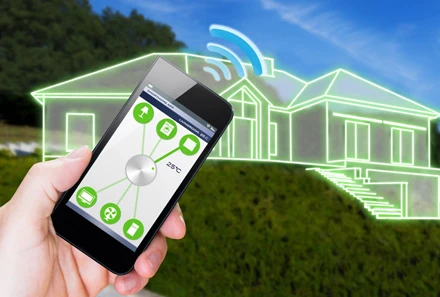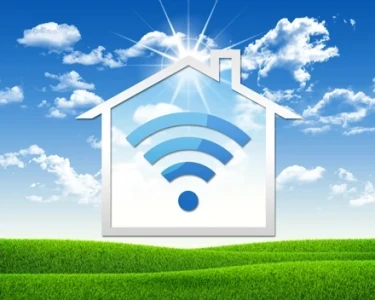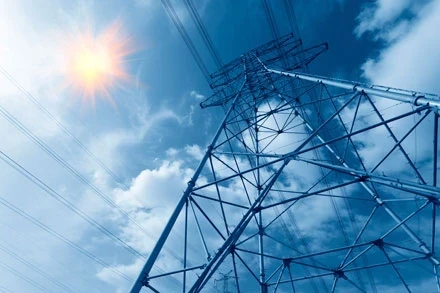The Demand Response Revolution

For decades, utilities have been deploying demand response to achieve a variety of load shaping objectives, most notably peak reduction in response to grid conditions. Since their inception in the 1990s, independent system operators (ISOs) and regional transmission organizations (RTOs) have also been dispatching demand response along with supply-side resources to help maintain the reliability of bulk power systems.
The largest share of demand response has traditionally been emergency interruptible load programs, wherein large industrial and commercial customers agree to reduce load when called upon by system operators, typically in return for a reduced-rate tariff. This voluntary curtailment is often the last step prior to involuntary load shedding in response to system shortfalls.









